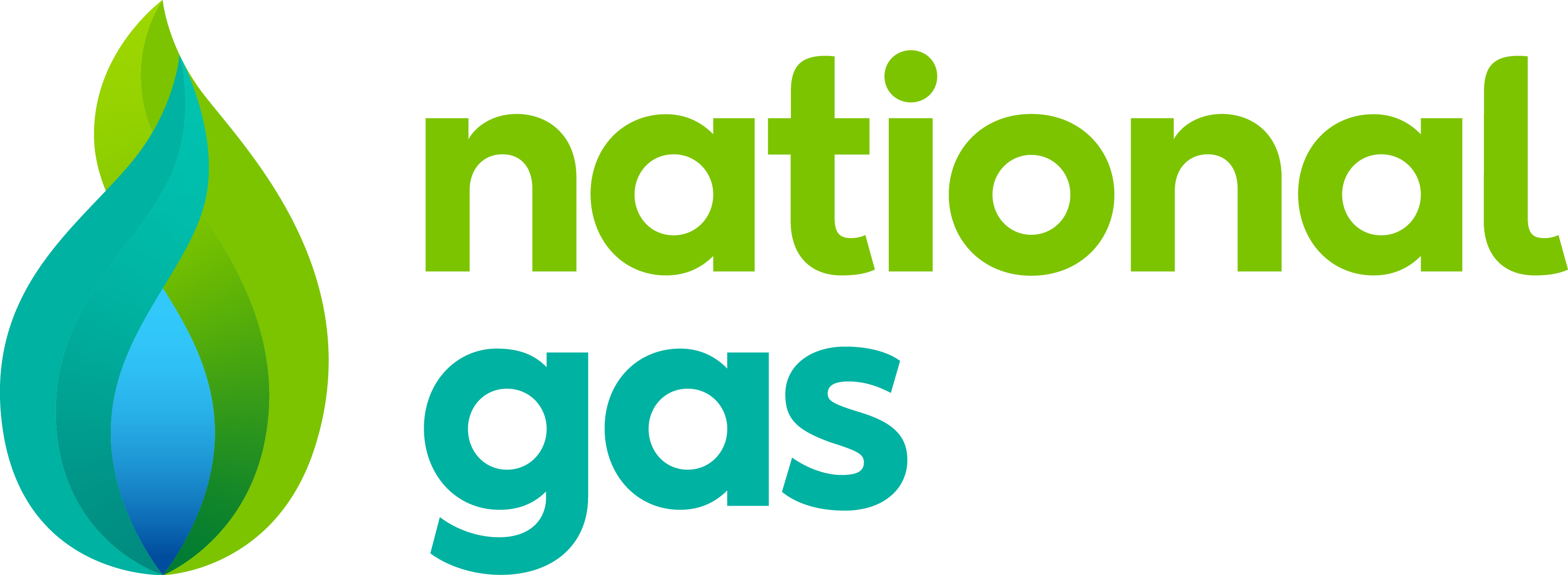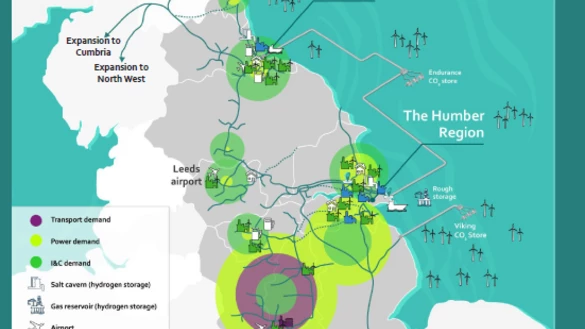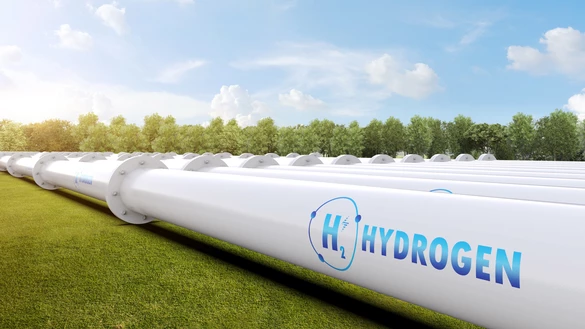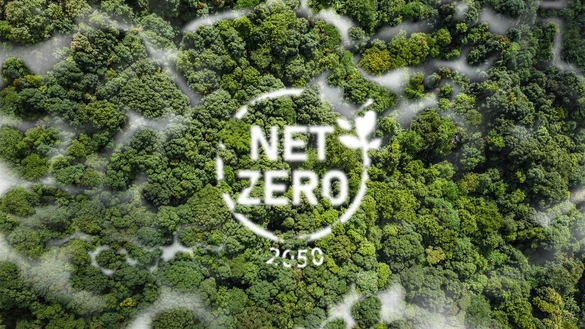- Back
- Balancing
- Capacity
- Charging
- Connections
- Data and operations
- Land and assets
-
Insight and innovation
- Back
- Home
- Insight and innovation
- Transmission innovation
- Summer Outlook
- Winter Outlook
- Gas Ten Year Statement (GTYS)
- Gas Future Operability Planning (GFOP)
- The future of gas-fired generation
- Understanding within-day behaviour
- Identifying future drivers of change
- Changing supply patterns
- Future of gas
- Stakeholder resources
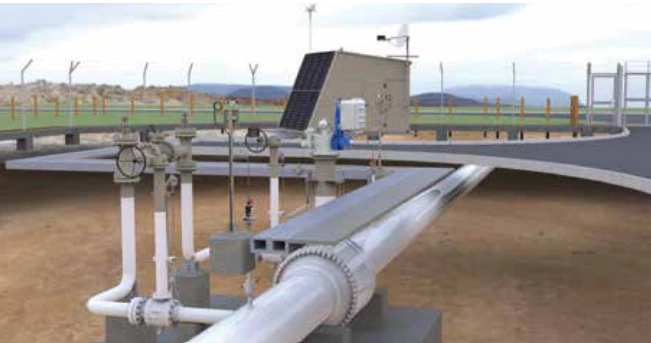
Business Information Modelling (BIM)
Business Information Modelling (BIM) moves away from traditional 2D CAD drawings to more easily visualised 3D designs, providing access to data-rich models, which contain critical details about an asset. These models can help us improve the way we manage our assets throughout their lifetime, cutting costs along the way.
The aim of the BIM project was to develop and trial an intelligent 3D modelling process within a live construction project – the River Humber gas pipeline replacement project (Feeder 9).
As part of this work, we issued 3D models to suppliers to help them visualise design elements such as tunnel length and profile. We also used the models during a national consent hearing, which made it easier to justify our design decisions. This demonstrated the ways that we can use BIM as part of our stakeholder engagement approach. By using the software in these ways, we avoided approximately £1m in construction delays.
We also trialled laser scanning as an accurate and fast way to survey sites and build models. This involved the collation of millions of points of data, to provide a true ‘as is’ status of a site. Alongside using it for the Feeder 9 project, we successfully used it on two compressor projects in Huntingdon and Peterborough.
In Bacton, we took the technique even further, using laser scanning to capture exactly what was being built on the site for the first time. This took a third of the time of more traditional methods and gave us an accurate record of the installation.
Phase two of BIM was a separate NIA project called ‘Investigation into Enhanced Techniques’ (NIA_NGGT0057). Following the findings from the first BIM project, we wanted to show how it’s possible to unlock further savings.
Throughout this project, which lasted for eight months, we applied BIM to other activities including:
- Importing the 3D models that were created of buildings, above ground installations and other assets into gaming software to create immersive virtual reality training environments
- Launching a prototype BIM bank, which provides a portal for information, best practice and model resources for Gas Transmission projects. The portal encourages those working at the design stage to strive for optimum design based on cost, carbon and safety, rather than just technically assured designs.
- The development of BIM virtual reality headsets which means colleagues can walk around our assets and installations, practice critical operations and build their confidence and expertise in a safe and forgiving virtual environment.
BIM was an important part of our innovation portfolio for several years – the methods were applied to multiple scenarios over the course of both BIM projects, potentially saving the business millions of pounds, and it’s not just large projects that will profit. We completed a best practice guide which lays out the case for applying BIM on smaller sites, meaning it can be used across every scale of National Grid project.
